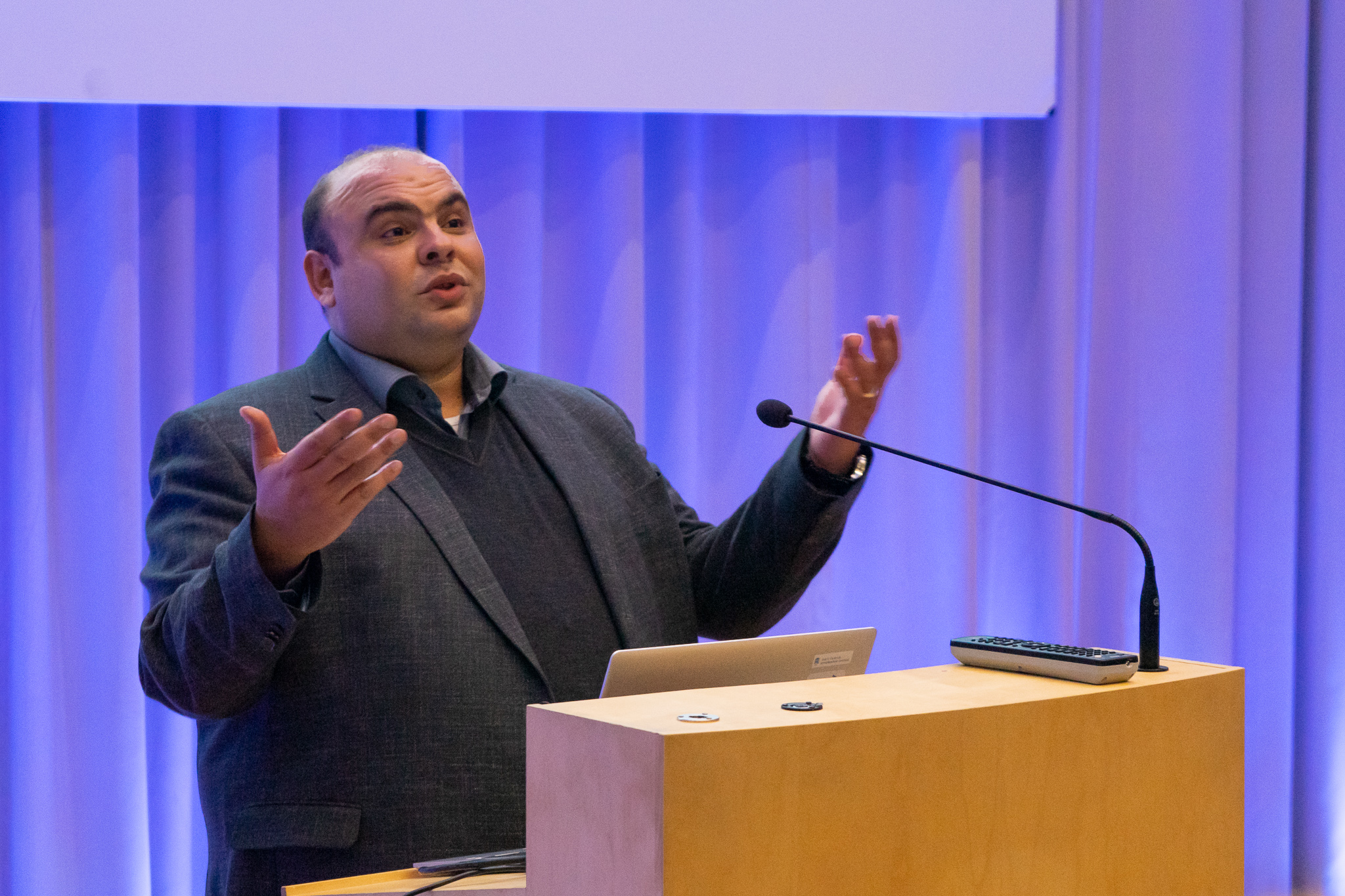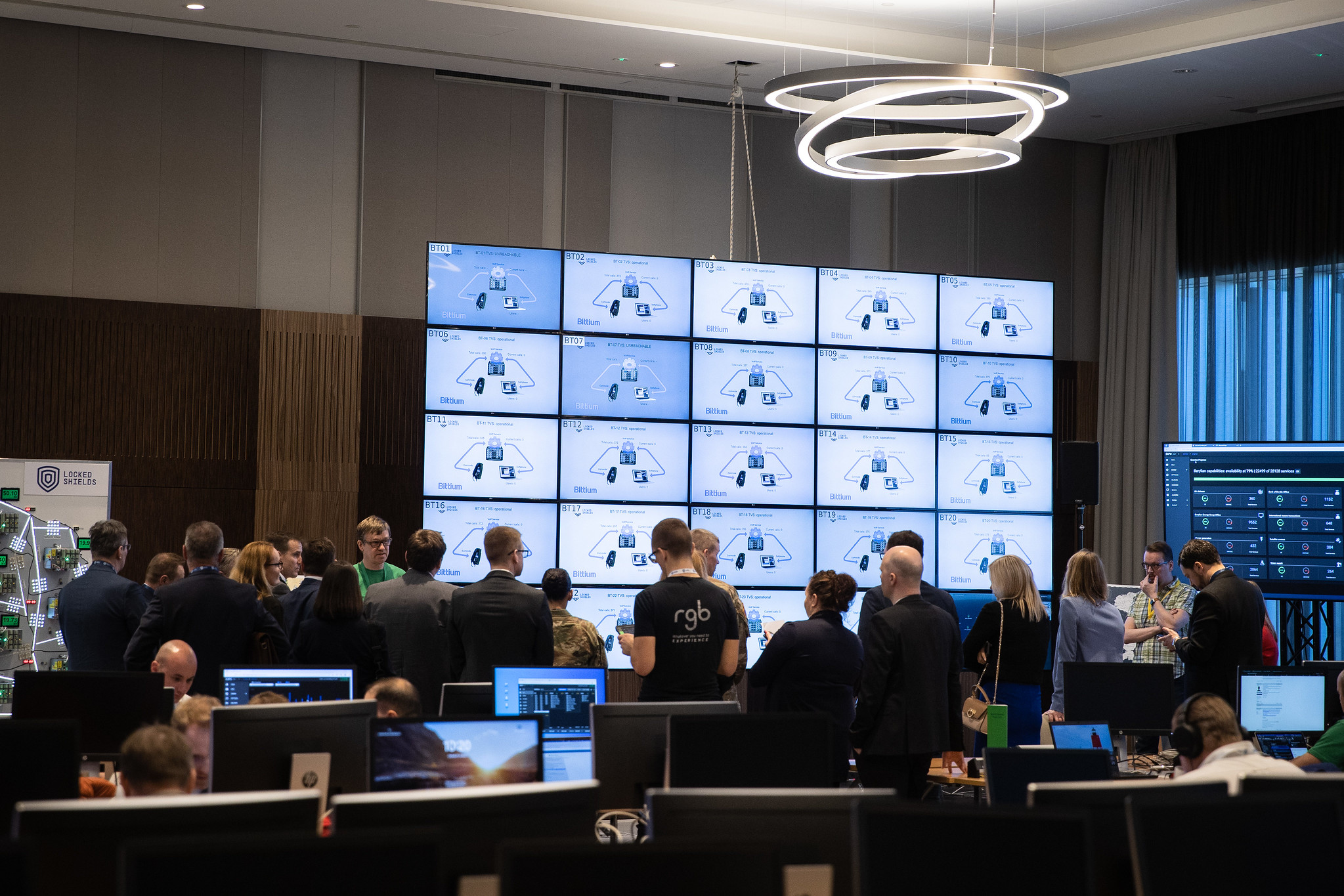On September 25, Orlenys López Pintado defended his PhD thesis „Collaborative Business Process Execution on the Blockchain: The Caterpillar System“. In his thesis, Orlenys addressed the problem of automating the execution of collaborative business processes on top of blockchain technology in a way that takes advantage of the trust-enhancing capabilities of this technology while offering the development convenience of traditional BPMSs.

Business processes are essential for companies to deliver high-quality services or products to customers. They integrate a set of inter-related tasks that companies’ employees perform and the systems, data, and resources that jointly lead to an outcome with value for a customer. Globalization, together with technological advances, is pressuring companies to collaborate with others to be competitive. Those processes involving multiple independent companies (or organizations) are called collaborative business processes. A typical example of this collaboration is an order-to-cash process: encompassing the tasks for a customer to request a product manufactured by a supplier and later delivered by a carrier.
One of the main roadblocks to implementing collaborative business processes is the lack of trust between the companies. For example, the customer may trust a given carrier but not others. Additionally, trust relations may change across time. Let’s say that the customer initially prefers one specific carrier and agrees to its appointment with the supplier. Later the chosen carrier misses the deadline, leading to the customer losing the trust. Similarly, companies may be suspicious about which partners have access to their internal processes and data, as it can benefit the competition. Thus, companies typically rely on trusted third parties, e.g., lawyers and signed legal contracts, making the conflict resolution difficult and expensive.
Blockchain provides a suitable platform to execute collaborative processes in a trusted manner. Overall, blockchains offer a transparent and tamper-proof platform that allows participants to track others’ actions. Two main concepts of blockchain technology support the above. First, no central authority is required. Instead, a peer-to-peer network store a copy of the information as a linked sequence of blocks, and each block contains a set of valid transactions. Second, smart contracts’ inclusion provides support to implement business rules and update the process status as programmable scripts. By executing collaborative processes as smart contracts, blockchain will serve as an immutable and trusted ledger that records and validates every operation during the process execution. Transactions can be restricted to a set of roles, i.e., they can be executed only by a participant with an authorized signature. Participants may access the transactions generated by the process, which enables the monitoring of its execution. Besides, with encryption, it is possible to restrict access to public data but only readable by participants with the corresponding privilege. For example, the blockchain can enforce that a carrier does not submit the invoice to the supplier before the customer has acknowledged the delivery via smart contracts.
However, implementing collaborative business processes in blockchain can be cumbersome, error-prone, and requires specialized skills. In contrast, Business Process Management Systems (BPMSs) provide convenient abstractions to implement process-oriented applications. BPMSs are information systems that automate the execution of business processes. For example, in a collaborative process, the participants can agree on a process model, which later is translated into smart contracts by the BPMS. Also, the BPMS handles all the operations on the blockchain. In this way, the blockchain function remains hidden to the participants but is controlled by the BPMS.
In this context, the thesis addresses the problem of automating the execution of collaborative business processes on top of the blockchain technology. Specifically, we take advantage of blockchain’s trust-enhancing capabilities while offering the development convenience of traditional BPMSs. The thesis also addresses how to support scenarios in which participants may be appointed and released during the process execution, e.g., if the trust relationships between them change. Simultaneously, the thesis admits scenarios in which participants need the flexibility to change the business process’s default routing logic.
The thesis explores architectural approaches and modelling concepts, formulating design principles and requirements implemented in a novel blockchain-based BPMS named CATERPILLAR. The system supports two methods to implement collaborative processes on the blockchain: interpreted and compiled. The former one exploits the immutability of smart contracts as a source of trust. The second provides a more flexible and efficient way of implementing collaborative processes on the blockchain. Finally, the thesis proposes two mechanisms for controlled flexibility. More specifically, the process participants can collectively decide on how to update the process during its execution and grant and revoke access to parties.
DSpace
Video of the thesis defence
Orlenys López Pintado’s research is supported by the ICT Research Support Measure, which is part of the IT Academy programme.


